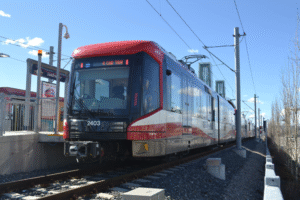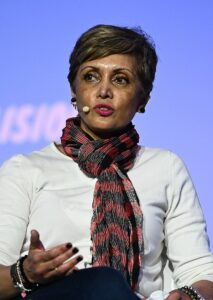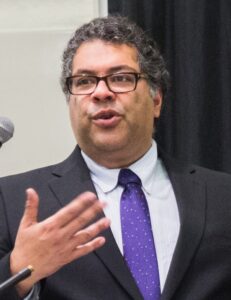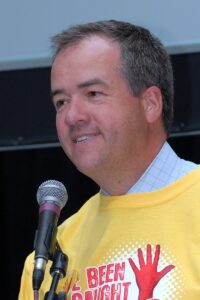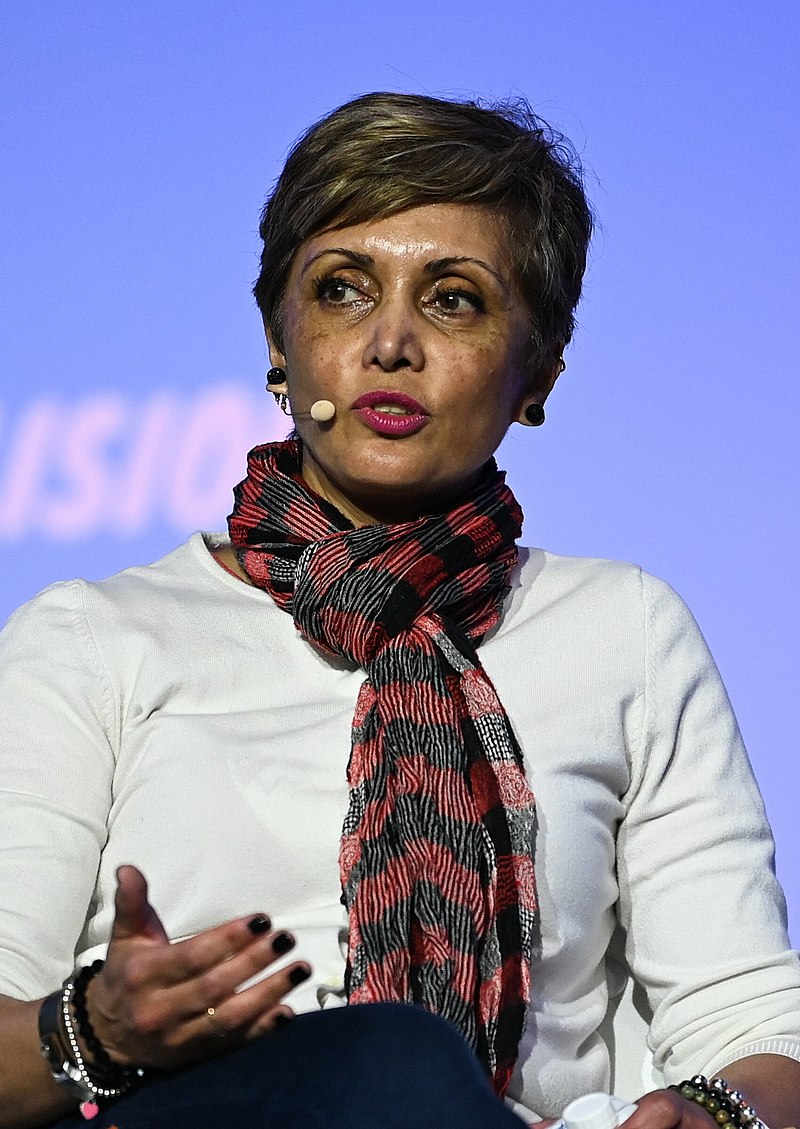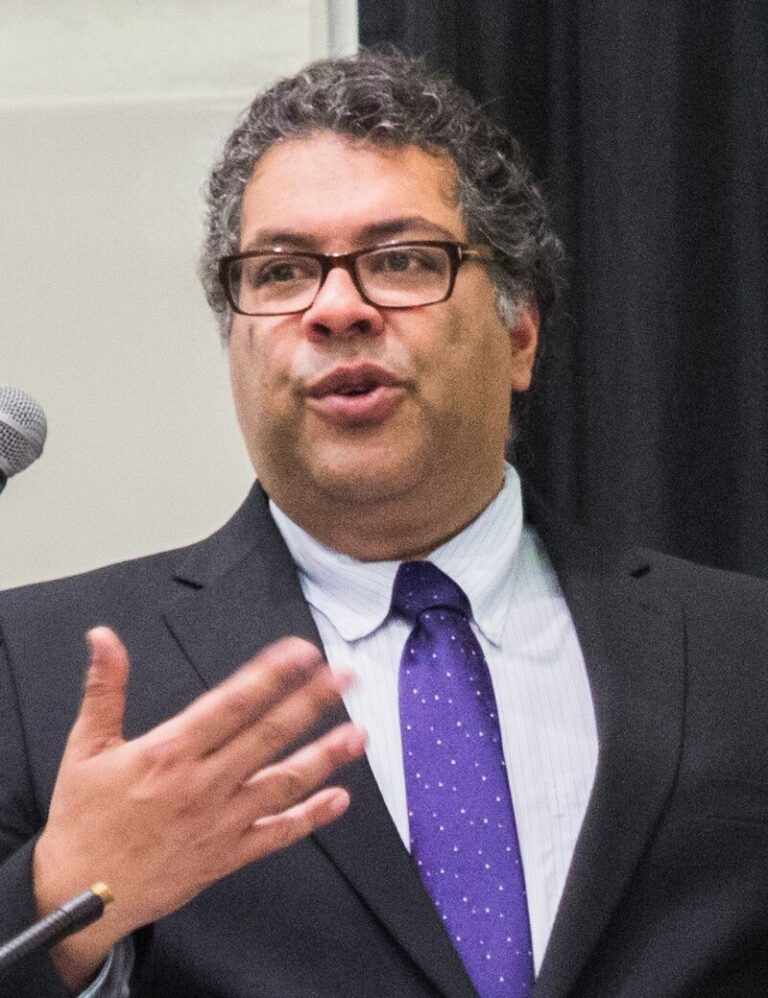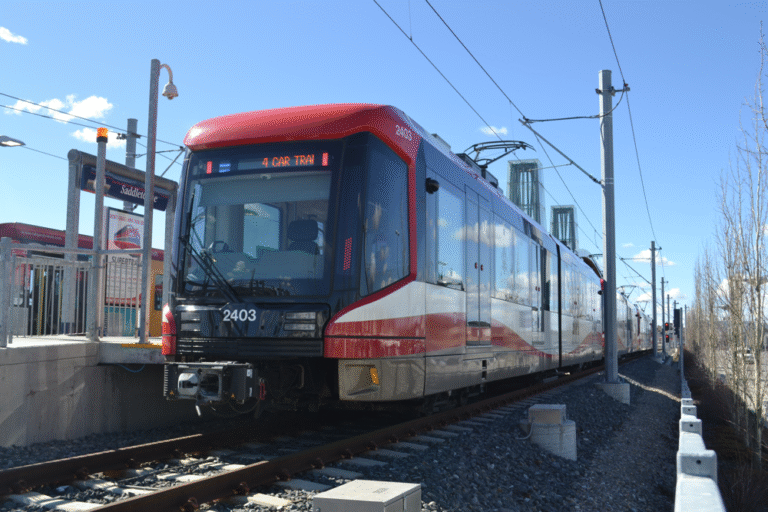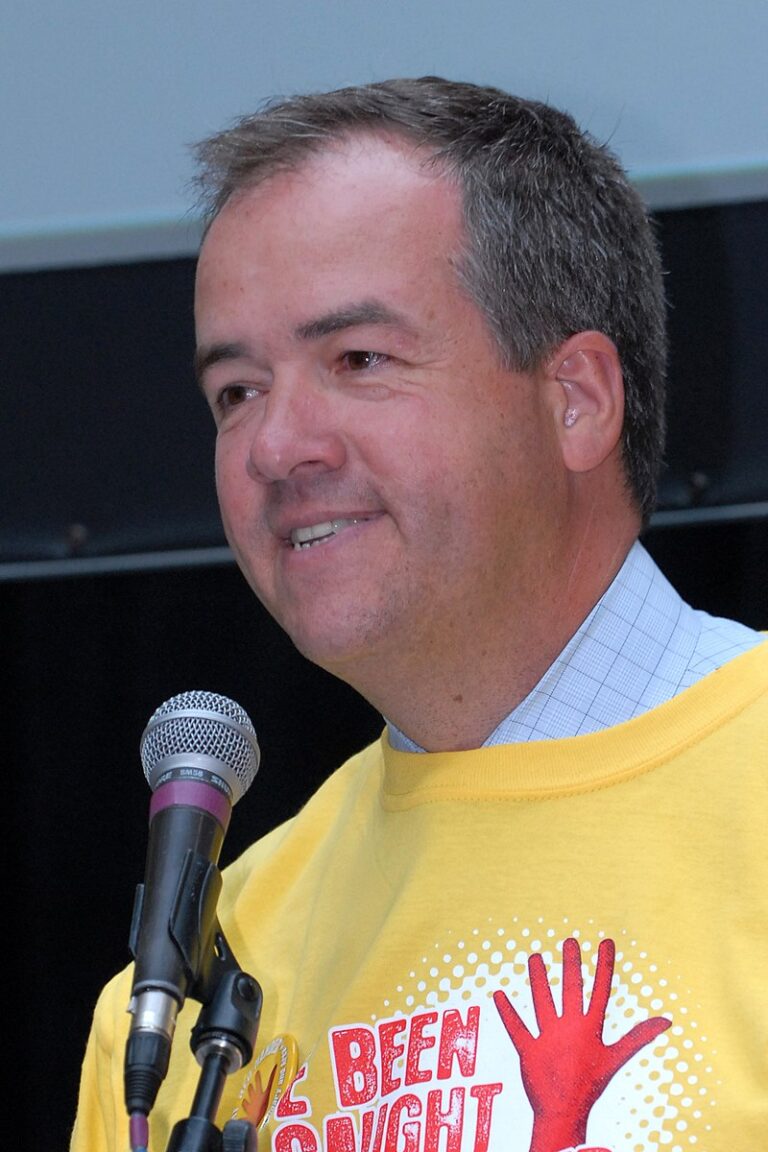2021: A New Mayor and Emerging Policy Debates
By 2021, Naheed Nenshi chose not to run again. The October 2021 election saw Calgary ready for new leadership amid ongoing economic challenges and the COVID-19 pandemic. The race boiled down to two high-profile councillors with starkly different approaches: Jyoti Gondek and Jeromy Farkas. Gondek had chaired the Planning Committee and was seen as a progressive, city-building candidate (somewhat in the Nenshi mold), while Farkas was a vocal fiscal hawk and culture-war conservative on council, often positioning himself as the lone dissenting vote on budgets and social issues.
Major issues in 2021’s campaign:
- Economic Recovery and Taxes: Calgary was still recovering from the double hit of the oil downturn and the pandemic. Downtown office vacancy exceeded 30%, and economic diversification was the phrase on everyone’s lips. Both candidates talked about revitalizing downtown – Gondek strongly supported a City program to provide financial incentives to convert vacant offices into residential and mixed-use spaces, aiming to bring life back to the core. Property tax strategy was a dividing line: Farkas proposed austerity measures including exploring a property tax freeze (even as inflation and provincial cuts squeezed city finances). Gondek argued for strategic investment to stimulate the economy, while keeping taxes competitive. The “tax shift” crisis (business property taxes vs residential) was still being managed; Gondek proposed longer-term tax reform, whereas Farkas focused on short-term cuts and reducing city expenditures.
- Infrastructure and Transit: The fate of the Green Line LRT was in the balance in 2021. Although approved, the project faced delays due to a provincial government review. Gondek was a staunch defender of the Green Line and transit expansion, framing it as essential for Calgary’s future growth and climate goals. Farkas was more skeptical of the Green Line’s cost and routing, and hinted he might recalibrate or scale it back. This reflected a broader ideological split: Gondek championed transit, active transportation, and modern urban planning, while Farkas emphasized roads and motorists (he had, for example, opposed some of Nenshi’s bike lane initiatives). Voters were essentially asked if they wanted to continue with Calgary’s transit-oriented city plans or pull back. A related issue was the new “Guidebook for Great Communities”, a planning document intended to update Calgary’s zoning toward mixed-use, walkable neighborhoods. It had become controversial among some community groups who feared it would force densification. Gondek, as the architect of the Guidebook, had to defend it and clarify misconceptions. That debate highlighted the recurring land-use and density theme present since 2001, now in a new form (neighborhood zoning reform).
- Climate and Environment: 2021 was arguably the first Calgary election where climate policy featured significantly. Gondek made climate resilience a pillar – she promised that, if elected, Calgary would declare a climate emergency (which indeed Council did as one of its first acts under her leadership). She discussed transitioning Calgary’s economy to be more climate-friendly and preparing for future climate impacts. Farkas, on the other hand, did not emphasize climate change in his platform, focusing more on finances and public safety. The contrast gave voters a clear choice on environmental leadership at the municipal level.
- Social Issues and Governance: A number of social flashpoints differentiated the candidates. Gondek positioned herself as a champion of inclusion – she supported the City’s efforts in truth and reconciliation with Indigenous peoples, multicultural initiatives, and had voted for Calgary’s ban on conversion therapy (a bylaw passed in 2020). Farkas had notably voted against aspects of the conversion therapy ban and gained notoriety for a dramatic council incident in 2018 where he falsely accused council of a secret pension decision (earning a reprimand). He also publicly opposed some of council’s social spending, like a motion to examine moving some police funding to social services (a post-2020 “defund” debate). Thus, in 2021 the “culture war” dimension appeared: one candidate espoused progressive social policy and the other rallied voters unhappy with what they saw as “woke” City Hall. Additionally, provincial relations played a role: Alberta’s UCP government had been intervening in city matters (forcing a fluoridation plebiscite, allowing partisan slates in civic elections, etc.). Gondek promised to stand up for Calgary’s interests (she often criticized the province downloading costs to cities), whereas Farkas was more aligned with the UCP’s ideological stance. Indeed, on the ballot were provincial-initiated referendum questions (like whether to remove equalization from the constitution) which, while symbolic, drew Calgarians’ attention to how the city and province interact.
- Public Safety and Services: Amid the pandemic recovery, issues like transit safety (due to some high-profile incidents in C-Train stations) and increases in visible homelessness and addiction in downtown became talking points. Farkas took a traditional “law and order” stand, advocating for more police and criticizing supervised consumption sites. Gondek acknowledged the problems but leaned into solutions like supportive housing, mental health partnerships, and maintaining essential services. This echoed earlier debates about how Calgary addresses social disorder – enforcement versus prevention.
In October 2021, Jyoti Gondek was elected Mayor, winning about 45% of the vote to Farkas’s 30% (with other candidates splitting the rest). She became Calgary’s first female mayor. Her win suggested voters opted for continuity on many city-building policies (transit, planning, diversification) over the hard fiscal retrenchment promised by her opponent.
Early in Gondek’s term, city policy indeed followed through on campaign themes: Council declared a climate emergency and set new emissions targets, launched an aggressive downtown revival strategy (with $100+ million in funds to incent office-to-residential conversions), and continued with the Green Line (though the provincial government still posed hurdles). Gondek also had to navigate new provincial rules allowing municipal political parties, something Calgary hadn’t seen in decades – a development that will shape the next election in 2025, where slates like “Community First” (aligned with some council conservatives) are emerging
